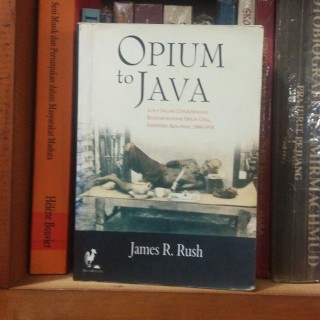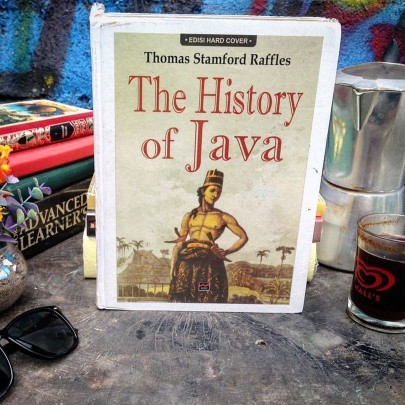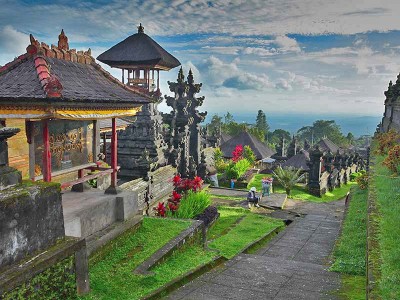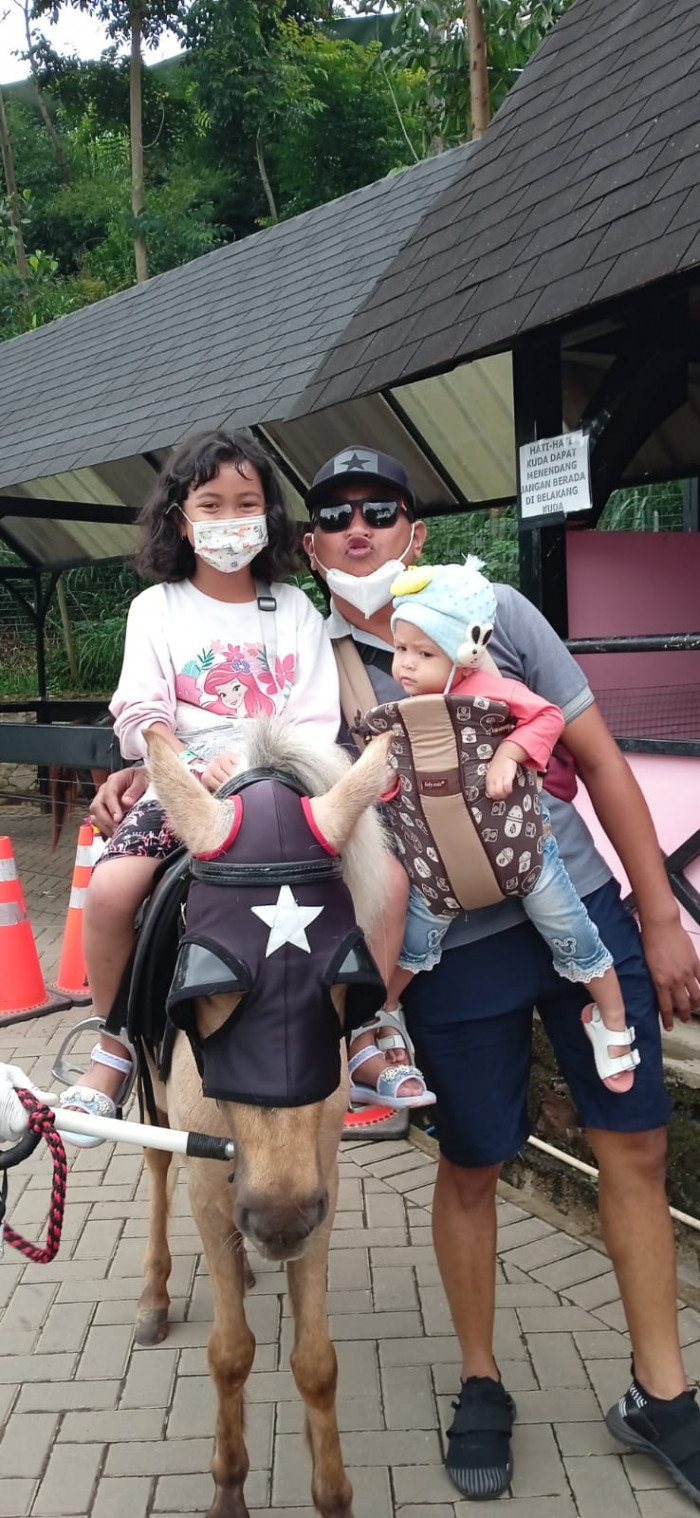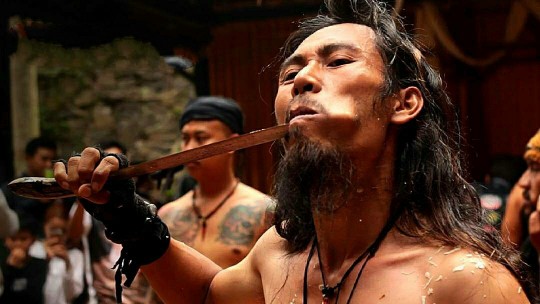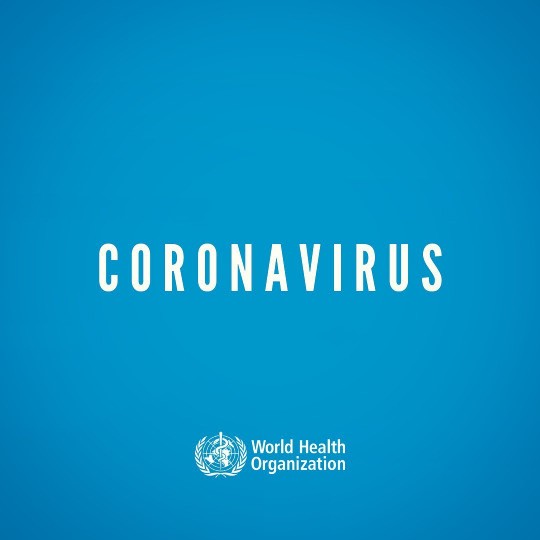Narcotics itself has become an opiate in Indonesia since the 16th century. In fact, at that time, opium became the belle of the Javanese elite and workers. Type of opium that looks like cigarette pulp, blackish brown. Can make users addicted and have an impact on decreasing body immunity. If you consume continuously, it can even cause death.
Then, how was Opium's history able to enter the Indonesian Archipelago?
In 1596, when the Dutch first landed on Java, opium had also become an important part of regional trade. The Dutch government brought opium into the archipelago through private traders in Levant, Netherlands. From the Netherlands, opium was brought by ship and put up at auction in Calcutta, India. From there then brought to agents in British Singapore. From there, the Dutch East Indies Colonial Government brought it into Java and then stored it in opium warehouses in Batavia, Semarang and Surabaya. The establishment of the Vereenigde Oostindische Compagnie (VOC) in Amsterdam on March 20, 1602 also made the Dutch control of opium even greater. Then, the Dutch trading partners managed to dominate trade, including opium in the archipelago.
"In 1677 in Batavia, the VOC succeeded in getting an agreement with Raja Amangkurat II to monopolize by importing the opium trade. From this point on the start of the Dutch opium trade monopoly on Java, said James Rush in a book called Opium Tempo Doeloe. At the beginning of its policy, this monopoly was carried out through the business entity Amphioen Societeit which functioned as an intermediary for the VOC. At that time the price of opium was sold at around 430 guilders per pack. The high price makes opium trade unprofitable for the Dutch government. As a result, Amfioen Societeit was dissolved. The Netherlands also formed a new institution called Amfioen Directie to eradicate the illicit opium trade. Over time, the VOC's finances were not good, and eventually they went bankrupt, until they broke up in 1799. As a result, the opium trading system changed again. They then use the rental system or opium pacht.
Opium is growing,
When the British gained control of the Dutch East Indies in 1811, the opium trade would initially end. Deputy Governor Thomas Stamford Raffles, who was in power at the time, argued that opium had a very bad impact on society. "However, this was opposed and not approved by the leadership of Raffles in Calcutta," according to the book written by Abdul Anzis Nugroho, in the title Opium Circulation at the Residency of Jepara. Even according to one historian named Peter Carey said, in the period 1811 to 1824 the value of opium sales actually increased sharply in the Dutch East Indies. One of them, is in Yogyakarta.
The price increase was greatly affected by inflation and the implementation of a tougher British monopoly. Taxes from the opium trade increased fivefold. However, British rule in the Indonesian Archipelago only lasted until 1816. At that time, the British had to surrender the territory of the Dutch East Indies to the Netherlands as part of an agreement to end the Napoleonic War.
The return of the Dutch East Indies government made the influence of opium in the life of the people increasingly bigger. This is evident in the custom of nobles who view opium as part of hospitality.
"At parties of the rich, male guests are treated to opium," at that time, the cities divided opium into two types namely Cako and Cakat. Cako is a type of opium that is consumed by being smoked directly using a pipe. While Cakat, a type of opium originating from Turkey. The quality is lower than Cako. Usually this Cakat opium is mixed with sugar syrup and finely chopped awar-awar leaves. The opium that has been mixed with the awar-awar leaves is called Tike. This type is often consumed by people or among workers in Java. While the nobility, usually using opium type vinegar mixed with high quality flavor enhancers. Another habit is brewing coffee mixed with opium powder.
"Opium can eliminate discomfort, venereal disease and increase sexual fantasy. On the other hand opium for the Javanese is an evil friend. Even though the effects of pleasure sometimes also cause hatred", said Peter Carey in the book entitled, The Chinese, Bandar Toll, Opium, and the Javanese War. In the years 1860-1890 the Java region especially the Jepara Residency areas which included Jepara, Juwana, Pati, and the surrounding area became the center of the opium trade. That's because, the supply of opium from the Dutch East Indies Government was welcomed by the local kings there.
This condition was used by the colonial government to monopolize the opium trade. They limit opium in the market so that prices are increasingly expensive. That expensive price goes hand in hand with higher tax collection.
Written by : Edu – Java Private Tour, and from various sources.
Visit our other article on
blog.javaprivatetour.com
You May Also Like
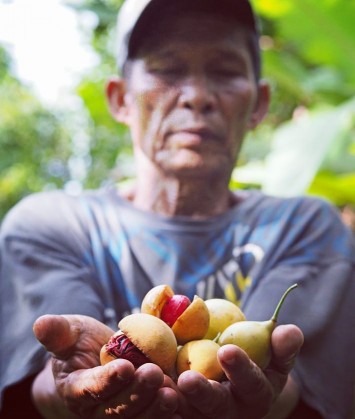 Fruit contested by the world
Fruit contested by the world
 Going on Ramadan and celebrating Eid al-Fitr in the middle of Covid-19 Pandemic
Going on Ramadan and celebrating Eid al-Fitr in the middle of Covid-19 Pandemic
 Health Protocol in Our Service
Health Protocol in Our Service
 Into the Wild: Exploring the Stunning Landscapes of Gunung Gede Pangrango National Park
Into the Wild: Exploring the Stunning Landscapes of Gunung Gede Pangrango National Park
 Timeless Wonders Await: Majapahit Village’s Secrets Revealed in Mojokerto
Timeless Wonders Await: Majapahit Village’s Secrets Revealed in Mojokerto

